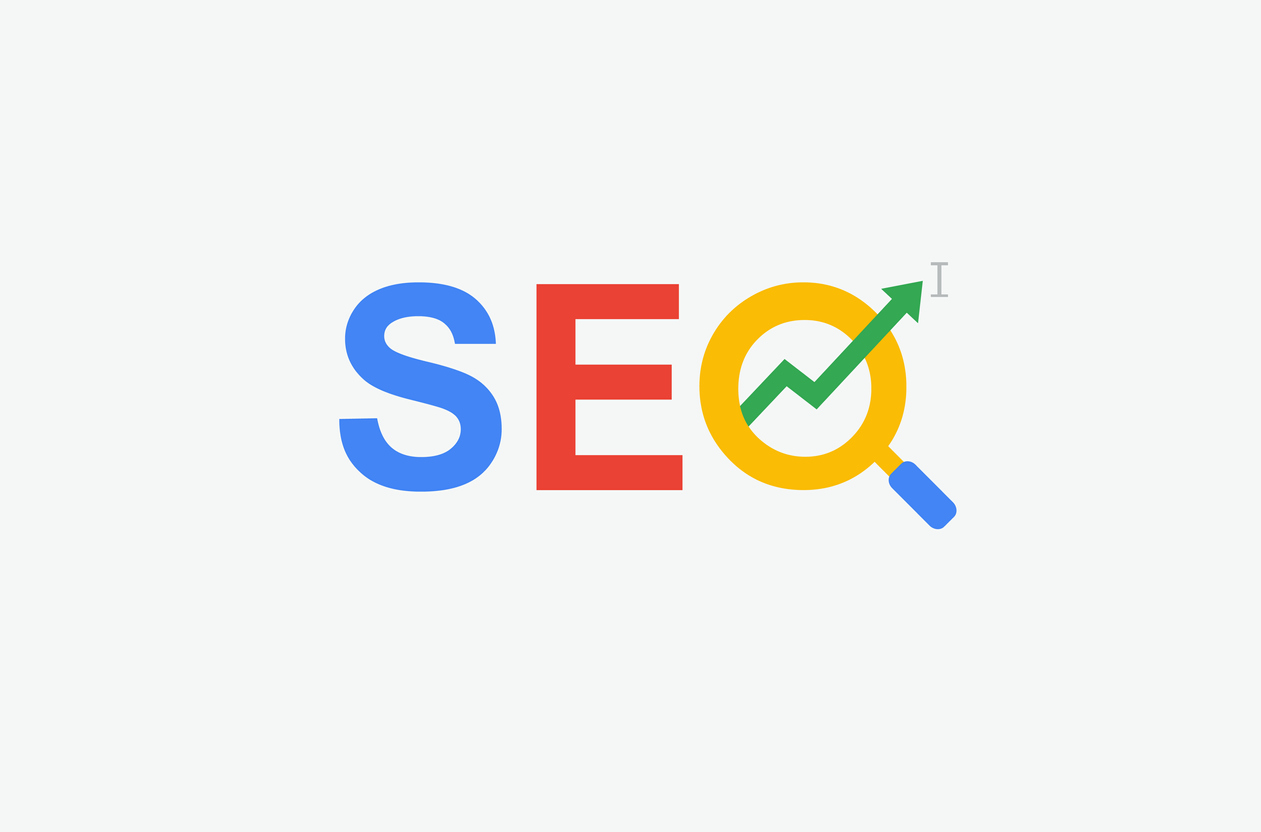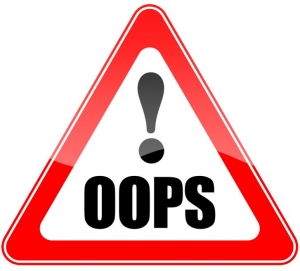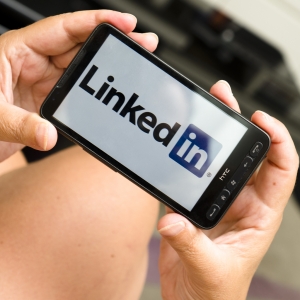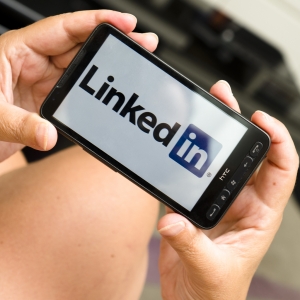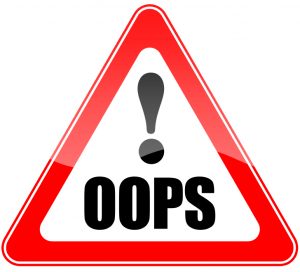Join our online community and be inspired to achieve your goals!
VIEW OUR FACEBOOK PAGE10 steps to a LinkedIn profile that boosts your job search

Writing your LinkedIn profile is quite different from writing your resume. The content in your profile should be more general, as it needs to cater for a broader audience. It also needs to project your personality, while your resume is more a record of your past work and is usually tailored to specific roles.
Here we share our 10 steps to creating an attention-grabbing LinkedIn profile – including tips and tricks that many people don’t know about or simply don’t use.
Step 1: Create a headline for success. Your headline is the most important part of your LinkedIn profile. It’s a vital place to include relevant, career-focused keywords, and it shows up in key LinkedIn locations including search results, connection invitations, employee listings, company pages and messages. Don’t just use your current job title as your headline – make it something that summarises who you are as a professional and captures your value. But don’t get too creative – it still needs to be something searchable that will help people who are looking for the services or skills you provide to find you.
Step 2: Upload a professional-looking photo. According to LinkedIn, profiles with photos are far more likely to receive views and connection requests than those without. Your photograph is a visual representation of who you are to the world of LinkedIn. Having a blurry or inappropriate photo, or no photo at all, will influence whether someone decides to reach out to you. Your best bet is to use a professional head shot – although that’s not always necessary. Read our article on how to achieve a professional headshot without using a photographer.
Step 3: Customise your URL. By default, most users have a URL that’s some combination of their first and last name plus a string of random numbers or letters. But many people don’t realise that you can actually customise it. Customising your LinkedIn URL makes it easier for people to find you by searching for your name. Otherwise, they’re left sifting through the (sometimes many) users with similar names. You want to ideally shorten your URL to your first and last names, but if that’s taken, aim for a memorable combination of your full name and/or initials.
Step 4: Write a standout summary section. Some people skip this, but it’s important to make your summary the focal point of your profile. This section gives you an opportunity to shine and to differentiate yourself from other professionals. Your summary should capture your unique value, expertise and skills, and include:
- A brief overview of who you are as a professional
- What you can offer in terms of experience, expertise and skills
- Any relevant (and impressive) career accomplishments
- A list of your specialities, including as many keywords as possible.
LinkedIn also allows users to include images, videos and slideshow presentations in the summary section. So instead of just talking about your work, you could include examples or show yourself in action.
Step 5: Keep your work experience comprehensive but concise. Resist the temptation to cut and paste your resume into the experience section of your LinkedIn profile. Instead, try to create a concise, high-level picture of your skills and talents. Descriptions of each role should be shorter than your resume, so include only your most important responsibilities and achievements. We recommend including your employment details from at least the past 10 years (if relevant). This provides more opportunity to use keywords and to connect with past colleagues, managers, clients, partners and suppliers.
Step 6: Include past and current education. You should list all your qualifications in the education section. This includes study you’re currently undertaking with an estimated completion date. Completing this section in as much detail as possible can demonstrate a commitment to continuous learning, which is important to many employers. It also creates opportunities to connect with former classmates, teachers and alumni groups. Include other courses or training completed under the relevant ‘Courses’ and ‘Certifications and Licences’ sections.
Step 7: Highlight your accomplishments. Have you won an award? Do you speak multiple languages? Have you written something that was published or presented at a conference? Do you volunteer for any charity or not-for-profit organisations? Adding these additional accomplishments is a great way to showcase your unique skills and stand out from the crowd.
Step 8: Ensure your skill endorsements are appropriate. Endorsements can be a great way to show off your key skills. The secret to making them work for you is to keep them updated. As you transition between jobs, develop new skills or take on new responsibilities, drop outdated skills from your profile and add the new ones you want to be known for.
Step 9: Keep your contact details current. Add your email address, blog, Twitter handle or other details to the contact information section of your profile. You’d be surprised how many people leave this out! But it’s important if you’re actively seeking new opportunities.
Step 10: Join relevant groups. LinkedIn groups are a great resource and can really help with your job search. By joining groups relevant to your profession or industry, you can show that you’re engaged in your field. But more importantly, you’ll instantly be connected to relevant people and discussions.
Creating a LinkedIn profile that reflects your value and gets people’s attention can be challenging. You might not even know where to start. Our team of professionals are here to help with LinkedIn profile writing and resume writing.

